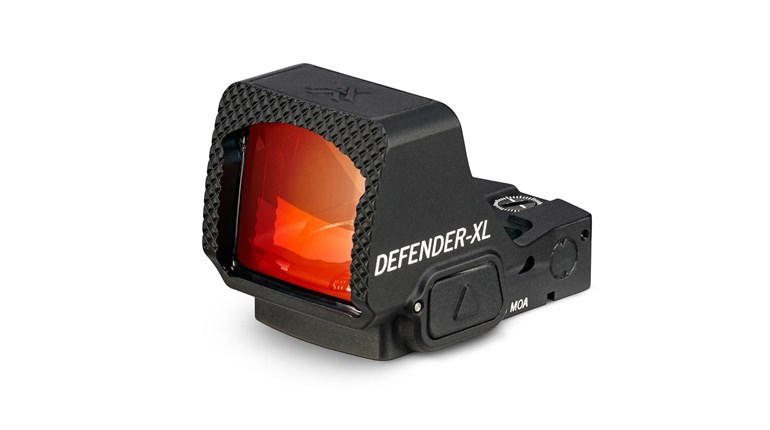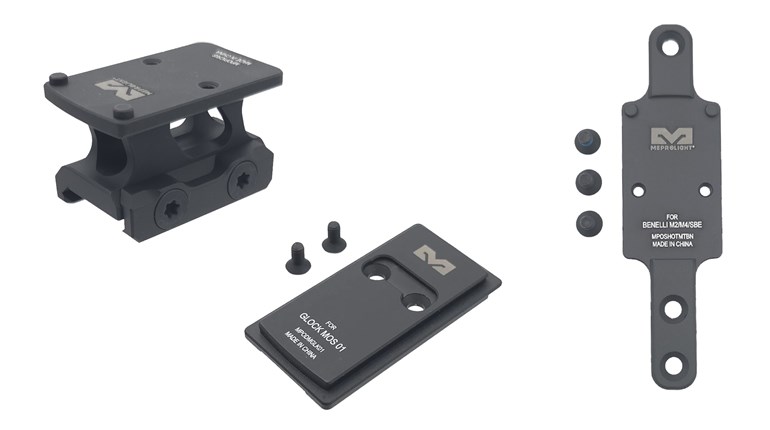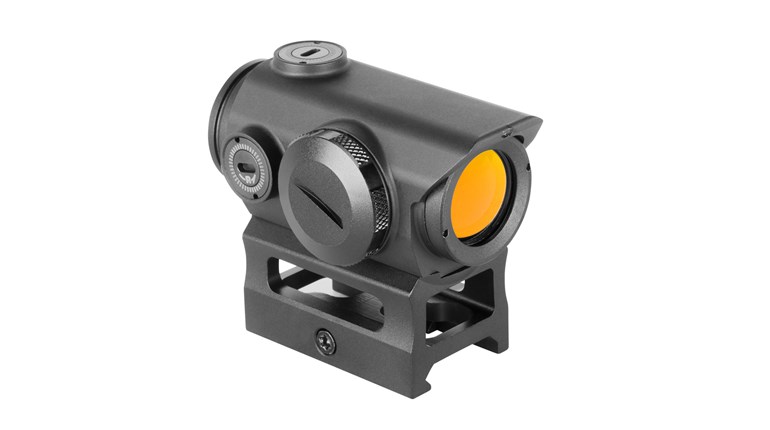When optics companies first introduced dedicated turkey scopes and red-dots about 20 years back, a lot of purists—me included—scoffed at the notion. Why the heck would anyone need a scope to hit a tom in the noggin at 30 yards? The naysayers saw it as a gimmick to sell more product or as an affectation from guys obsessed with their equipment.
I’m sure you see where this is going. Yes, I’ve come around, and it appears that so have a lot of other hunters. Here’s why:
1) First and foremost, you miss fewer turkeys. Even at 30 yards, where patterns tend to be as big as a basketball and plenty dense, it’s possible to miss. Ask me. The main reason why is nothing more than shooter error. Lack of focus on the front sight (bead), inconsistent cheeking of the stock, jerking the trigger. All avoidable of course. Nonetheless, I think an optic naturally forces a shooter to get his head into the correct position to align the crosshair or dot. And then it’s only natural to squeeze the trigger the way you do with a rifle, rather than snap it like you do when wingshooting.
2) You miss fewer turkeys at long and close range. Because patterns thin at longer ranges, it’s important to center the tom’s vital column. The edge of the pattern likely won’t do the trick. At very close range the shot swarm may be no bigger than a softball, but whoops—if you don’t take care to aim, a humbling whiff can easily occur.
3) If you can’t see the front sight/bead, you’ll have a hard time hitting anything. Older hunters’ eyes lose depth of focus abilities. Mine have, and if yours haven’t yet, they will. With glasses or contacts, I can see the turkey out yonder quite sharply, but the correction that makes that possible denies me close-range focus. With an optic, I see the crosshair or dot in the same focal plane as the turkey.
Despite the advantages, this argument is far from settled. Here are reasons why it continues:
1) Expense. An optic that can do the job and yet is durable enough to withstand rough handling and wet spring weather will cost a couple hundred bucks. At least. Then there’s the cost of mounting it. Newer shotguns may be drilled and tapped for scope mounts, or perhaps even have an integral rail. You still need mounts and/or rings, so add $15-$30 more. Popular older models can be outfitted with a saddle-type mount from Weaver or B-Square, for somewhere around $35 plus rings.
2) Extra weight/bulk to lug around. Small reflex sights with mounts may weigh just a quarter-pound or even less. Not a big deal. However most scopes, with mount and rings, are going to add about a pound to your gun. Hmmm. Hard-core ridgerunners have a legitimate beef here, but for most of us, a pound isn’t going to make much difference.
3) Something to go wrong. Sure, scopes can break or lose zero, and red-dots’ batteries can go dead. But come on … these pitfalls have largely been eliminated. Today’s optics are proven tough and reflex-sight battery life runs hundreds of hours. The biggest problem I’ve encountered using a turkey scope is fogging the ocular lens when the gun is shouldered and I have to wait for the tom to step clear. On humid mornings with my mask in place, that’s a problem, and one reason I prefer a red-dot, which is mounted farther forward.
Turkey optic or not? What say you?





































